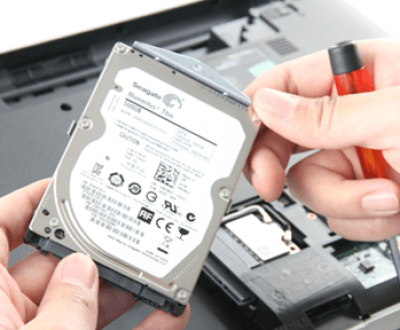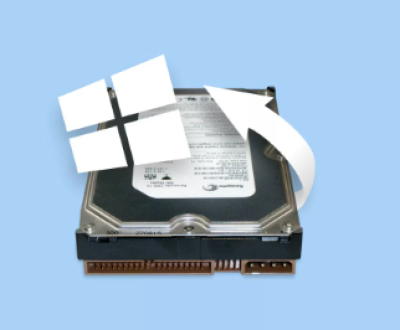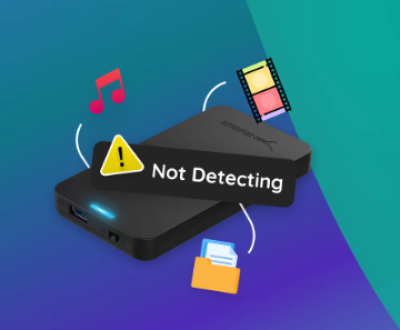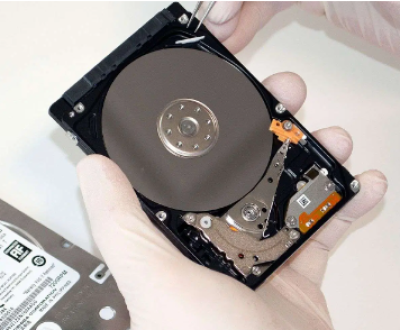Accidentally deleting files from your hard disk can be an incredibly frustrating experience. Whether it’s an important work document, treasured family photos, or vital system files, the loss of data can disrupt your workflow and cause stress. Fortunately, in most cases, deleted files can be recovered if you act quickly and follow the correct procedures. Understanding how data deletion works and the best recovery methods available can make the difference between successful retrieval and permanent loss.
When you delete a file from your hard disk, it isn’t immediately erased. Instead, the system marks the storage space as available for new data. Until that space is overwritten, the deleted file remains recoverable. Knowing this allows you to take proactive steps to maximize your chances of successful recovery.

Data Deletion on a Hard Disk
When a file is deleted from a hard disk, the operating system removes the reference to the file but does not immediately erase the data itself. The space previously occupied by the file is marked as “free” for new data. Until the system writes new information to that space, your deleted file is still physically present and can be restored using appropriate recovery techniques.
Types of Deletion:
Soft Delete: Files deleted through the Recycle Bin (Windows) or Trash (Mac) can often be restored directly.
Hard Delete: Files deleted using “Shift + Delete” or by emptying the Recycle Bin/Trash are harder to recover but still retrievable with special tools.
Formatting: Quick formats leave most of the data intact and recoverable, while full formats overwrite data, reducing recovery chances.
Immediate Actions After File Deletion
To maximize the likelihood of successful data recovery, follow these immediate steps:
Stop Using the Affected Drive: Continuing to use the hard disk increases the risk of overwriting deleted files.
Avoid Installing New Software: Installing software on the affected drive can overwrite the deleted data.
Identify the Deletion Method: Determine whether the file was soft-deleted, hard-deleted, or lost through formatting.
Prepare for Recovery: Choose an appropriate recovery method based on the deletion type and urgency.
Method 1: Recovering Files Using Built-In System Tools
Windows
Check the Recycle Bin:
Open the Recycle Bin from the desktop.
Locate the deleted file, right-click, and select “Restore” to return it to its original location.
File History Backup:
Search for “File History” in the Start menu.
Select “Restore your files with File History.”
Browse and restore the desired version of the deleted file.
Previous Versions:
Right-click the folder where the deleted file was stored.
Select “Restore previous versions.”
Choose a version and click “Restore.”
macOS
Check the Trash:
Open the Trash from the dock.
Locate the deleted file and drag it back to its original location.
Time Machine Backup:
Connect your Time Machine backup drive.
Use Spotlight to search for “Time Machine” and open it.
Navigate to the deleted file and click “Restore.”
Method 2: Using Third-Party Data Recovery Software
Panda Assistant offers multiple recovery modes to cater to different data loss scenarios. The Quick Scan option is ideal for recently deleted files, offering fast results. For more complex cases, the Deep Scan thoroughly examines the storage device, uncovering lost or corrupted files that are harder to detect. This flexibility ensures that users have the best possible chance of retrieving their valuable data.
Data security is a top priority for Panda Assistant. The software performs read-only operations during the recovery process, ensuring that original data is not modified or compromised. With robust encryption protocols and a commitment to user privacy, Panda Assistant guarantees a safe and secure recovery environment.
Method 3: Using Command-Line Tools
Advanced users can utilize built-in command-line tools to retrieve deleted files.
Windows: Windows File Recovery (Windows 10 and later)
Install Windows File Recovery:
Open the Microsoft Store and search for “Windows File Recovery.”
Run Recovery Command:
winfr C: D: /n \Users\YourUsername\Documents\DeletedFile.docx
Replace “C:” with the source drive and “D:” with the destination drive.
macOS: Terminal and fsck
Open Terminal (Applications > Utilities > Terminal).
Check the Drive:
sudo fsck_hfs -r /dev/diskX
Replace “diskX” with the appropriate drive identifier.
Method 4: Professional Data Recovery Services
If DIY methods fail, professional data recovery services offer the highest chance of retrieving lost files. This option is best for:
Physically damaged hard drives.
Drives with severe corruption.
Critical data loss scenarios.
How to Choose a Service:
Research Reputable Providers: Look for certified data recovery labs with positive customer reviews.
Evaluate Costs and Timeframes: Expect to pay between $300 and $1500. depending on complexity.
Send the Drive for Evaluation: Most companies offer a free or low-cost diagnostic report.
Preventing Future Data Loss
Regular Backups: Use automated tools like File History (Windows) or Time Machine (macOS).
Cloud Storage: Save critical files to services like Google Drive, OneDrive, or Dropbox.
Disk Monitoring Tools: Use utilities like CrystalDiskInfo to monitor drive health.
Recovering deleted files from a hard disk is often possible with the right approach. Whether using built-in tools, specialized software, or professional recovery services, you can maximize your chances of success by acting quickly and methodically. Implementing robust backup solutions and data protection strategies will safeguard against future data loss.
About us and this blog
Panda Assistant is built on the latest data recovery algorithms, ensuring that no file is too damaged, too lost, or too corrupted to be recovered.
Request a free quote
We believe that data recovery shouldn’t be a daunting task. That’s why we’ve designed Panda Assistant to be as easy to use as it is powerful. With a few clicks, you can initiate a scan, preview recoverable files, and restore your data all within a matter of minutes.
Subscribe to our newsletter!
More from our blog
See all postsRecent Posts
- How to recover data from portable hard drive 2025-07-10
- How to recover data from a broken hard drive 2025-07-10
- How do i recover files from a formatted hard drive 2025-07-10

 Try lt Free
Try lt Free Recovery success rate of up to
Recovery success rate of up to









